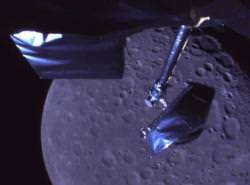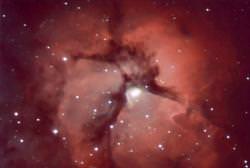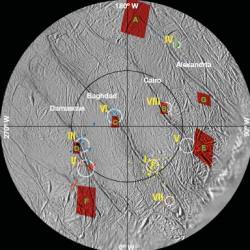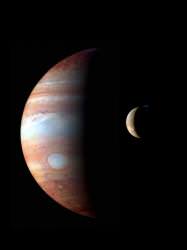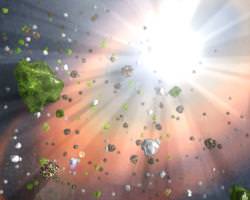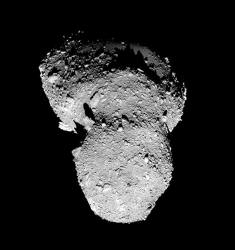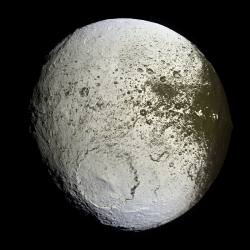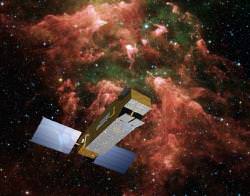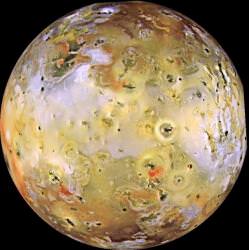I often talk about the preparation and launch of new missions to space, but every now and then I have to write about just the opposite: the end of a mission. Today’s one of those days. It’s my sad duty to report to you today that NASA’s Far Ultraviolet Spectroscopic Explorer (FUSE) is going offline later this month. But don’t think it went quietly into that dark night, engineers working with FUSE came up with an extraordinarily clever way to use the Earth’s magnetic field to re-orient the spacecraft as its gyroscopes failed, one after the other. But now they’ve run out of ways to fix the ailing spacecraft. It’s time to say goodbye.
I’ve mentioned FUSE in many stories in the past, so just in case you weren’t aware of it, I’ll give you a quick recap. FUSE was launched back in June 1999 – just a few months after I started Universe Today. It’s equipped with detectors that allow it to see at short ultraviolet light wavelengths, below the range where Hubble operates. Originally supposed to only run for 3 years, NASA ended up extending its mission 3 times.
Astronomers have produced more than 1,200 papers based on data gathered by FUSE. Because of its spectroscope, the satellite let astronomers break up the ultraviolet radiation coming from distant objects into digital “charts” that let them measure their chemical composition. FUSE discovered molecular hydrogen in the Martian atmosphere, the confirmation of a hot gas halo surrounding the Milky Way, and the first observations of nitrogen outside our Solar System.
So why is FUSE going offline? Wouldn’t NASA try and keep the spacecraft running forever, if possible? Oh, they tried all right.
Here’s the problem. Back in 2001, two of its four momentum wheels failed. These are the gyroscopic wheels that the spacecraft uses to orient itself towards objects in space. And it needed at least 3 to function properly. Clever engineers worked out a way to use magnetic bars inside the spacecraft to pull and push it against the Earth’s magnetic field.
This amazing solution allowed them to keep the spacecraft reoriented. But then another momentum wheel failed in 2004. Once again, though, engineers were able to make the magnetic solution work with just a single wheel and continue gathering data.
Finally, the spacecraft’s final momentum wheel started malfunctioning in May 2007 and completely died in July. Without the final wheel, there was no way to orient the spacecraft.
So on October 18th, 2007, engineers will shut down the control room, turn off the computers, and end communications with FUSE. And some time in the next few decades, the spacecraft will finally reenter the Earth’s atmosphere and burn up.
Thanks FUSE.
Original Source: JHU News Release

